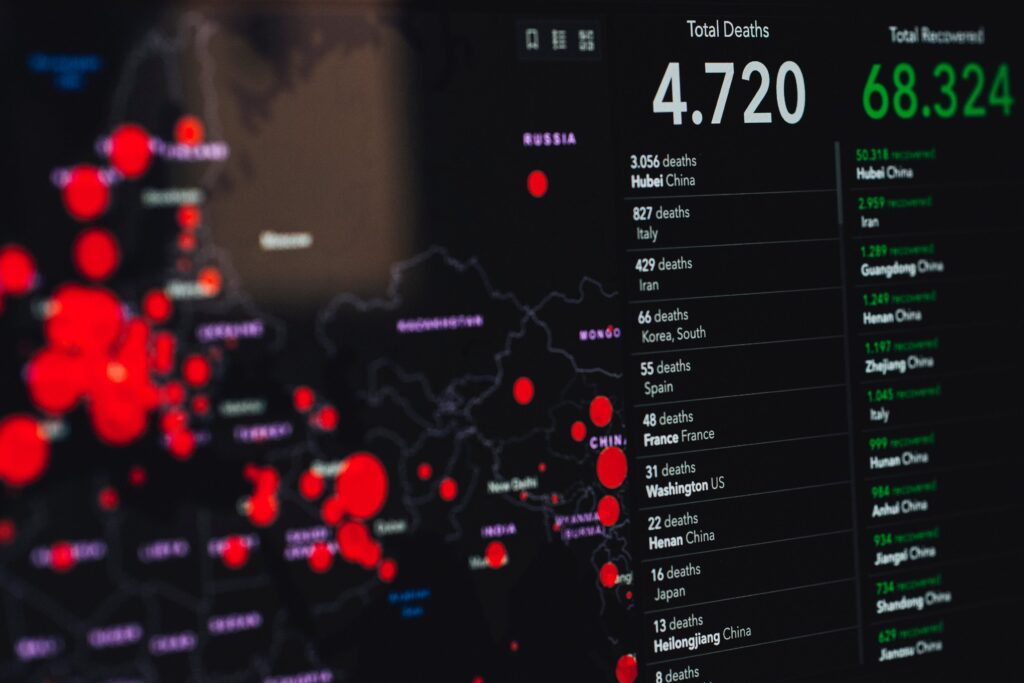
LifeHubber Team
As global leaders converge at the Davos summit next week, a critical and somewhat ominous topic is on their agenda, Disease X. This hypothetical yet potentially catastrophic pandemic is a concern that has been looming in the shadows of global health discussions for years. With the recent COVID-19 pandemic still fresh in memory, the idea of a pandemic more severe than COVID-19 is not just alarming but a call to action.
What is Disease X?
Disease X represents a yet-unknown pathogen that could cause a serious international epidemic. The World Health Organization (WHO) first added Disease X to its list of priority diseases in 2017, alongside known threats like SARS and Ebola. Disease X is a placeholder for an unknown pathogen that could emerge from anywhere, at any time, and with any severity. While the concept is a hypothetical scenario, it is a real possibility in our interconnected and ecologically strained world.
The term “Disease X” serves as a reminder of the unpredictable nature of infectious disease emergence and the need for flexible, robust preparedness measures. It could arise from a mutation in a known pathogen, a disease jumping from animals to humans, or a brand new microbe entirely. The vast reservoir of viruses circulating in wildlife, especially those that can potentially infect other species, including humans, are seen as likely sources of such diseases.

The Davos Summit and Global Response
At the forthcoming Davos summit, world leaders and health experts will discuss strategies to prepare for Disease X. The aim is to have a research framework and enough global knowledge to potentially eliminate a future pandemic within 100 days. This ambitious goal underscores the urgency felt by the international community in the wake of COVID-19.
Experts suggest that extensive research into already-known families of viruses would help humanity prepare and create a vaccine quickly for the next outbreak. For example, because scientists had been working for decades on SARS and MERS vaccines, they gained crucial knowledge about coronaviruses, which helped in the rapid development of COVID-19 vaccines.
Potential Impact and Risk Factors
The potential impact of Disease X is daunting. It’s been warned that Disease X could kill 20 times more people than COVID-19, which would mean about 50 million fatalities worldwide. This staggering number brings to light the critical importance of preparedness and global cooperation.
Risk factors for Disease X include zoonotic spillover (diseases jumping from animals to humans), environmental changes, global travel, and urbanization, which all increase the chances of a new pathogen emerging and spreading rapidly.
Public Health Preparations and Strategies
Preparation for Disease X involves enhancing surveillance systems, investing in research and development for new vaccines and treatments, improving global coordination and information sharing, and ensuring healthcare systems are equipped to handle large-scale outbreaks.
The focus is also on platform technologies like vaccines, drug therapies, and diagnostic tests that can be rapidly adapted and deployed in response to a range of future outbreaks. This approach ensures a quicker and more effective response to emerging threats.
As the world continues to grapple with the aftermath of COVID-19, the concept of Disease X serves as a stark reminder of our vulnerability to unknown pathogens. The discussions at the Davos summit are vital steps towards a more prepared and resilient world.
The threat of Disease X is not just a challenge for scientists and policymakers but a collective responsibility. It highlights the interconnectedness of our global community and the need for sustained investment in public health infrastructure, research, and international collaboration.
Hubbers’ Takeaway
This is a reminder of the importance of supporting public health measures, staying informed about emerging health threats, and understanding the role each person plays in global health security. For governments and organizations, it underscores the need to prioritize health security, invest in research and preparedness, and foster international cooperation.
As we look to the future, the lessons learned from the COVID-19 pandemic and the preparations for Disease X will undoubtedly shape our approach to global health. By embracing innovation, fostering collaboration, and investing in research and public health infrastructure, we can hope to mitigate the impact of future pandemics and safeguard the health and wellbeing of populations worldwide.




